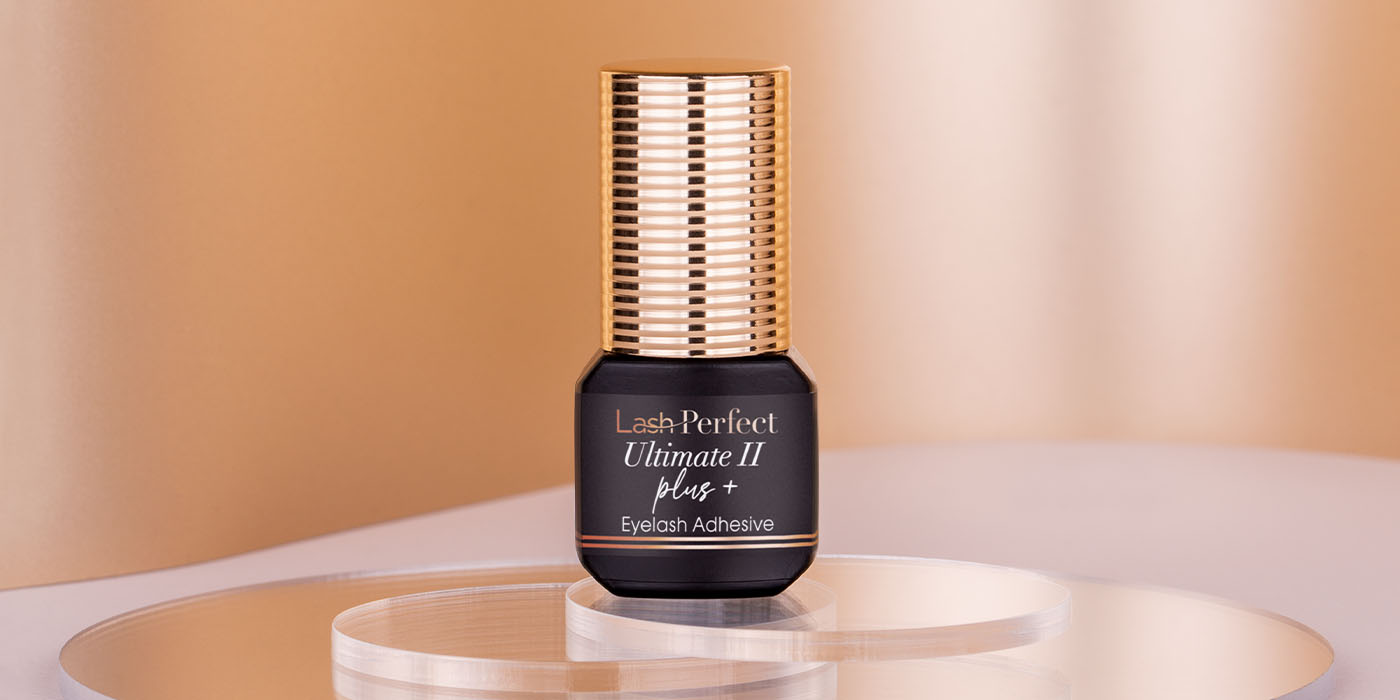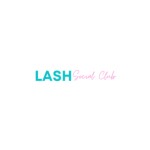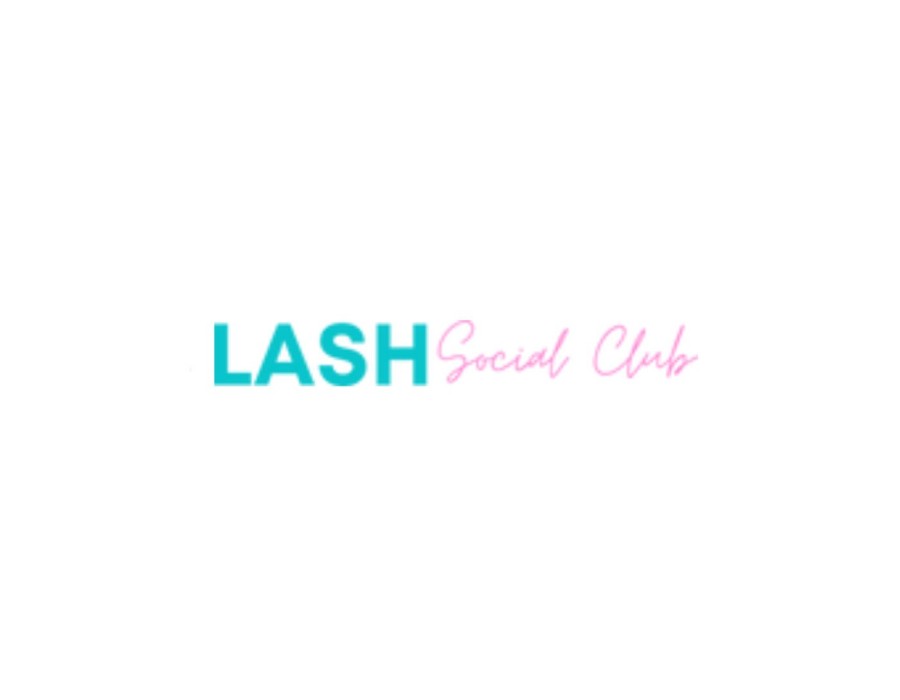In the world of eyelash extensions, success lies not only in the skill of the lash artist but also in the quality of the products used—especially the adhesive. Lash extension glue is the unsung hero that ensures those beautiful lashes stay put, resist humidity, and remain safe for the client. Understanding the different types of lash glues, their ingredients, drying times, and usage conditions is crucial for both beginners and seasoned lash professionals. This guide covers everything you need to know about lash extension glue to achieve stunning, long-lasting results.
What Is Lash Extension Glue?
Lash extension glue is a fast-drying adhesive used to bond individual or volume lash extensions to a client’s natural lashes. It is a cyanoacrylate-based product specifically formulated for the eye area, ensuring a strong hold while minimizing irritation. Unlike regular glue, lash adhesives are designed to dry in seconds and maintain a flexible yet durable bond for up to six weeks.
Key Ingredients and Their Functions
- Cyanoacrylate: The main bonding agent in lash glues. It reacts with moisture in the air to cure and form a strong attachment between the extension and natural lash.
- Carbon Black: This ingredient gives the glue its dark pigment, blending seamlessly with black lashes. For sensitive clients, a clear, carbon-free version is recommended.
- Stabilizers and Thickeners: These components control the consistency, drying time, and shelf life of the glue.
When selecting a glue, always check the ingredients, especially for clients with allergies or sensitivities.

Types of Lash Extension Glue
- Fast-Drying (0.5–1 second):
- Ideal for experienced lash technicians who work quickly. Offers a strong, long-lasting bond but may not be forgiving if misapplied.
- Medium-Drying (1–2 seconds):
- A balanced option that suits most professionals. It allows enough time to position the lash before it sets, with a reliable hold.
- Sensitive Formulas:
- Designed for clients with sensitive eyes or skin. These glues contain less cyanoacrylate and no carbon black, reducing the risk of allergic reactions but often offering a slightly weaker bond.
- Clear Lash Glue:
- Free of pigments, this glue is perfect for colored or light lashes and for clients with sensitivities to carbon black.
Factors That Affect Glue Performance
Lash extension glue is sensitive to environmental conditions. Its drying time and bonding strength can vary depending on:
- Humidity: Optimal humidity for most glues is between 40–60%. Low humidity slows down drying, while high humidity can make it cure too fast, compromising retention.
- Temperature: Ideal room temperature ranges from 18–23°C (64–73°F). Too hot or too cold can affect viscosity and setting time.
- Storage: Store glue upright in a cool, dry place, ideally in an airtight container with silica gel packets to absorb moisture. Once opened, most glues should be replaced every 4–6 weeks.
Application Tips for Best Results
- Shake the glue bottle thoroughly before each use to ensure consistency.
- Use a glue ring or jade stone for easy access and minimal waste.
- Replace the glue drop every 15–20 minutes during application to maintain freshness.
- Avoid touching the glue nozzle directly with tools or surfaces to prevent contamination.
Safety and Aftercare
Lash extension glue should never come into contact with the skin or eyes. Always apply lashes 0.5–1 mm away from the lash line to avoid irritation. Provide clients with aftercare instructions, such as:
- Avoid getting lashes wet for the first 24–48 hours.
- Stay away from oil-based products and excessive heat or steam.
- Gently cleanse lashes with a recommended lash shampoo to maintain hygiene and retention.
Conclusion
Lash extension glue may seem like a small detail in the lash extension process, but it is the foundation that determines the success, safety, and longevity of the results. Choosing the right adhesive, understanding its properties, and using it under ideal conditions can elevate your lash services and enhance client satisfaction. Whether you prefer a fast-setting formula or a sensitive alternative, the right glue ensures every lash you place stays beautiful and secure—exactly where it belongs.






Comments